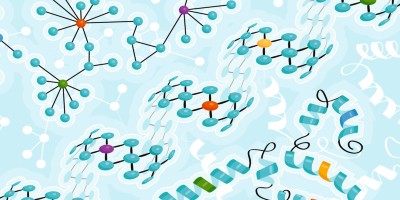Abstract
Analyses of the genomes of Neanderthals and Denisovans, the closest evolutionary relatives of present-day humans, suggest that our ancestors were part of a web of now-extinct populations linked by limited, but intermittent or sometimes perhaps even persistent, gene flow.
References
Prüfer, K. et al. The complete genome sequence of a Neanderthal from the Altai Mountains. Nature 505, 43–49 (2014).
Meyer, M. et al. A high-coverage genome sequence from an archaic Denisovan individual. Science 338, 222–226 (2012).
Hedrik, P. W. Adaptive introgression in animals: examples and comparison to new mutation and standing variation as sources of adaptive variation. Mol. Ecol. 22, 4606–4618 (2013).
Racimo, F. et al. Evidence for archaic adaptive introgression in humans. Nature Rev. Genet. 16, 359–371 (2015).
Pääbo, S. The human condition — a molecular approach. Cell 157, 216–226 (2014).
Author information
Authors and Affiliations
Corresponding author
Ethics declarations
Competing interests
The author declares no competing financial interests.
Related links
Rights and permissions
About this article
Cite this article
Pääbo, S. The diverse origins of the human gene pool. Nat Rev Genet 16, 313–314 (2015). https://doi.org/10.1038/nrg3954
Published:
Issue Date:
DOI: https://doi.org/10.1038/nrg3954
- Springer Nature Limited
This article is cited by
-
Neanderthals as familiar strangers and the human spark: How the ‘golden years’ of Neanderthal research reopen the question of human uniqueness
History and Philosophy of the Life Sciences (2020)
-
Late Middle Paleolithic Technological Organization and Behavior at the Open-Air Site of Barozh 12 (Armenia)
Journal of Paleolithic Archaeology (2020)
-
Skeletal Anomalies in The Neandertal Family of El Sidrón (Spain) Support A Role of Inbreeding in Neandertal Extinction
Scientific Reports (2019)
-
Carriers of mitochondrial DNA macrohaplogroup L3 basal lineages migrated back to Africa from Asia around 70,000 years ago
BMC Evolutionary Biology (2018)
-
The success of failed Homo sapiens dispersals out of Africa and into Asia
Nature Ecology & Evolution (2018)


